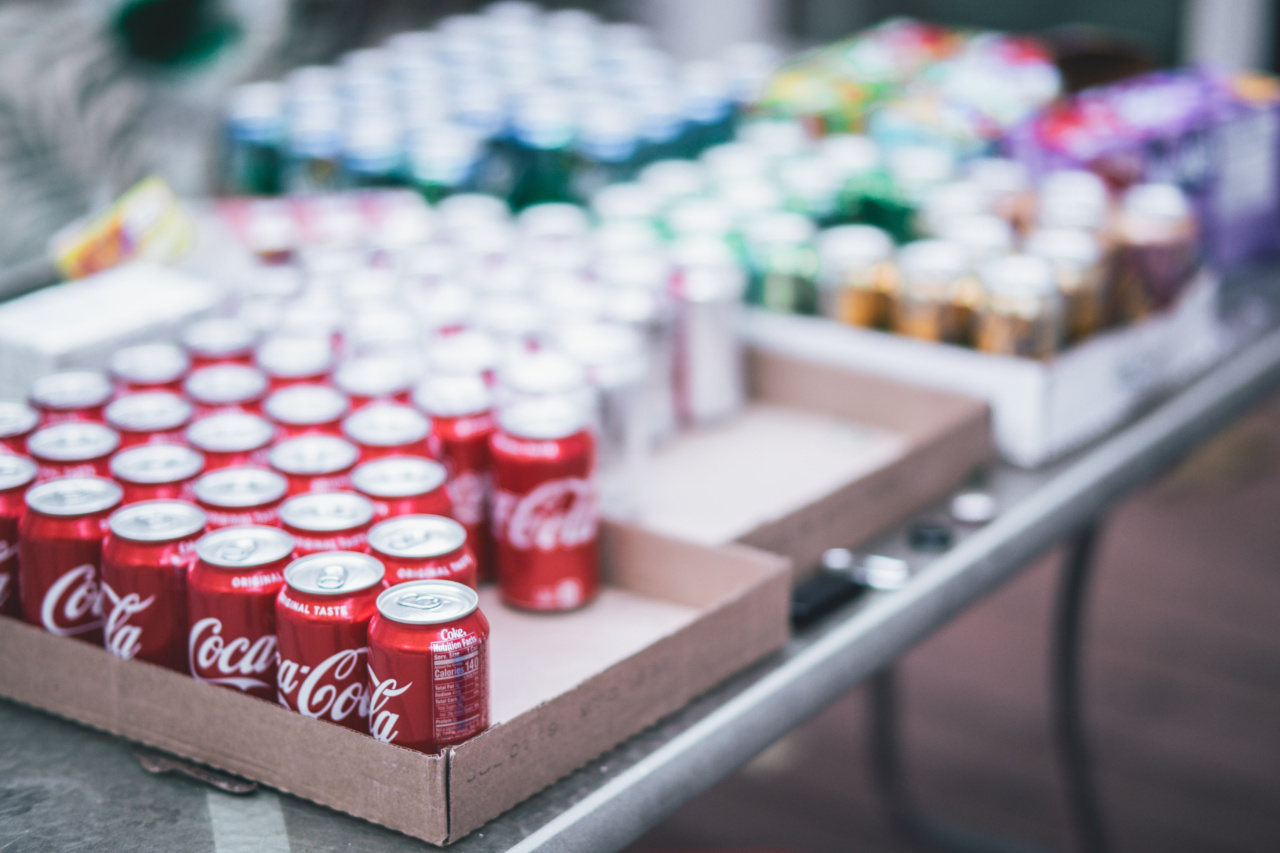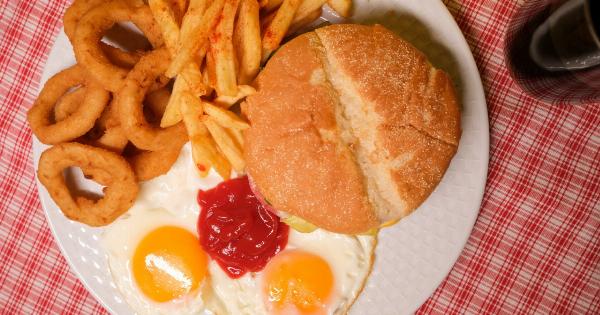Coca-Cola is undoubtedly one of the most recognizable brands in the world. Loved and consumed by millions of people every day, this carbonated beverage has successfully claimed the title of the king of soft drinks.
But how did Coca-Cola achieve such immense popularity and dominance in the industry? Let’s explore the secret formula that propelled Coca-Cola to its unrivaled success.
The Birth of Coca-Cola
Coca-Cola was first concocted by John Pemberton, a pharmacist, in Atlanta, Georgia in 1886. Pemberton formulated a syrup combining coca leaves and kola nuts, creating a carbonated drink that was initially marketed as a medicinal tonic.
The drink was sold at soda fountains and gained popularity due to its unique taste and perceived health benefits.
Branding and Marketing Strategy
One of the key factors that contributed to Coca-Cola’s success was its exceptional branding and marketing strategy.
In 1887, Pemberton’s partner and bookkeeper, Frank Robinson, named the beverage “Coca-Cola” and designed the iconic Spencerian script logo that remains unchanged to this day. The logo, along with the distinctive red and white color scheme, became instantly recognizable, establishing Coca-Cola as a memorable brand.
Coca-Cola also played a significant role in Santa Claus’s modern image.
In the early 1930s, the company launched a series of advertisements featuring a jovial Santa Claus, cementing the association between Coca-Cola and Christmas in the minds of consumers.
Innovation and Product Development
To maintain its position as the leader in the soft drink industry, Coca-Cola continuously focuses on product innovation and development. One of the brand’s major successes was the introduction of Diet Coke in 1982.
As the diet and wellness craze grew, Coca-Cola capitalized on the trend by offering a sugar-free alternative that retained the signature Coca-Cola taste.
Another significant innovation was the launch of the “Share a Coke” campaign in 2011.
Coca-Cola replaced its logo on bottles and cans with popular names, encouraging consumers to buy personalized Coca-Cola products for themselves or as gifts. This campaign not only boosted sales but also created a sense of personal connection with the brand among consumers.
Global Expansion and Localization
One of Coca-Cola’s remarkable achievements is its global dominance. As early as 1906, Coca-Cola had already expanded its operations to countries outside the United States, starting with Canada and Cuba.
Today, Coca-Cola is available in more than 200 countries worldwide, solidifying its status as a global brand.
However, Coca-Cola understands the importance of localization. Despite being a global product, the company adapts its marketing strategy and flavors to suit local tastes and preferences.
For example, Coca-Cola offers unique flavors in different regions, such as Fanta Melon Frosty in Japan or Inca Kola in Peru, ensuring that consumers can enjoy a taste tailored to their culture.
Sponsorship and Collaborations
Coca-Cola’s strategic partnerships and sponsorships have contributed significantly to its brand exposure and market dominance.
The company has associated itself with major events, sporting leagues, and athletes, becoming synonymous with celebration and enjoyment. Notable partnerships include the Olympics, FIFA World Cup, and collaborations with popular figures like Selena Gomez and Taylor Swift.
Supply Chain and Distribution
Coca-Cola’s success can also be attributed to its efficient supply chain and extensive distribution network.
The company has established bottling plants and distribution centers worldwide, ensuring that its products are readily available to consumers, irrespective of their location. Additionally, Coca-Cola has developed strong relationships with retailers and invested heavily in advertising and point-of-sale promotions to maintain its market dominance.
Corporate Social Responsibility
Another factor that has contributed to Coca-Cola’s success is its commitment to corporate social responsibility (CSR). Coca-Cola has undertaken various initiatives focusing on community welfare, environmental sustainability, and water stewardship.
By positioning itself as a socially responsible brand, Coca-Cola has gained the trust and loyalty of consumers who appreciate its efforts to make a positive impact on society.
Consumer Loyalty and Emotional Connection
Coca-Cola has successfully built a deep emotional connection with its consumers. The brand has consistently evoked feelings of happiness, togetherness, and nostalgia through its marketing campaigns and advertisements.
The memorable slogans like “Open Happiness” and “Taste the Feeling” have resonated with consumers and reinforced their loyalty to the brand.
Furthermore, Coca-Cola has embraced social media platforms to engage with its audience.
The company encourages user-generated content through contests and campaigns to foster a sense of community and strengthen the emotional bond between consumers and the brand.
Continuous Adaptation
In a rapidly changing market, Coca-Cola has proved its ability to adapt and stay relevant. The company has successfully introduced new product lines, explored healthier options, and responded to changing consumer preferences.
By continuously evolving, Coca-Cola ensures that it remains a top choice for consumers across generations.
The Pursuit of Success
Coca-Cola’s rise to becoming the king of soft drinks can be attributed to a combination of factors.
From its exceptional branding and marketing strategy to continuous product innovation and global expansion, the company has effectively captured the hearts and taste buds of consumers worldwide. Moreover, Coca-Cola’s commitment to corporate social responsibility and its ability to create emotional connections with consumers have further solidified its position as the industry leader.
As the beverage landscape continues to evolve, Coca-Cola’s secret formula for success will undoubtedly inspire future generations of marketers and businesses looking to achieve similar greatness.




























